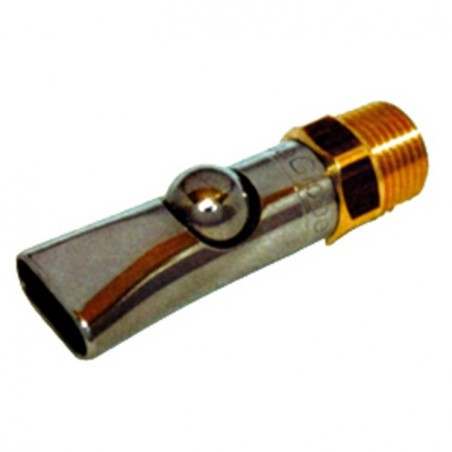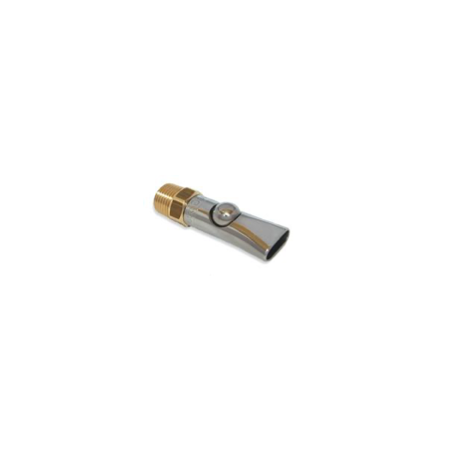Canola meal (CM) and wheat DDGS are co-products with nutritional characteristics such as high-protein and high-fibre. Traditional feed inclusion rates of canola meal in pig diets were set at cautious levels that would not compromise growth. However, greater inclusions are likely possible based on modern NE instead of traditional DE feed formulation. The objective of this study was to evaluate the effects of increasing dietary inclusion of solvent-extracted canola meal in grower-finisher diets containing a relatively high content (150 g/kg) of co-fermented wheat and corn (70:30) distillers dried grains with solubles (DDGS) on diet nutrient digestibility, growth performance, dressing, and carcass characteristics of barrows and gilts in a commercial-scale study. In total, 550 barrows and 550 gilts (29.9 ± 0.2 kg BW) housed in 50 pens by sex, 22 pigs per pen, were fed one of 5 dietary regimens (10 pens per dietary treatment) over 5 growth phases (Grower 1: d 0–21, Grower 2: d 22–43, Grower 3: d 44–64, Finisher 1: d 65–79, Finisher 2: d 80 to market weight). Canola meal (0, 60, 120, 180 or 240 g/kg) replaced barley, soybean meal and field pea in diets formulated to equal net energy (NE; 9.7, 9.7, 9.6, 9.4 and 9.4 MJ/kg) and standardized ileal digestible (SID) lysine content (10.9, 9.9, 7.6, 6.7 and 6.2 g/kg). Considering all 5 growth phases, dietary crude protein (CP), crude fibre, acid detergent fibre and neutral detergent fibre increased 13.7, 3.4, 8.2 and 5.8g/kg, respectively, per each 60 g/kg increase in CM inclusion.
Increasing dietary CM inclusion by 60 g/kg decreased (P>0.05) the apparent total tract digestibility coefficient (CATTD) of gross energy, CP, dry matter, organic matter and ash by 0.01, 0.004, 0.02, 0.01 and 0.04, respectively. For the entire trial (d 0 to 90), increasing dietary CM inclusion by 60 g/kg linearly reduced (P<0.05) feed intake (ADFI) by 19 g/d and weight gain (ADG) by 7.4 g/d. Increasing dietary CM inclusion resulted in a quadratic response on G:F (P < 0.05). Pigs fed 240 g/kg attained slaughter weight (120 kg) 3 days after pigs fed 60 g/kg CM (P<0.05). Increasing dietary CM inclusion in diets including 150 g/kg DDGS did not affect carcass weight or meat characteristics.

In conclusion, increasing dietary CM inclusion from 0 to 240 g/kg in grower-finisher diets including 150 g/kg DDGS had only a minor effect on overall growth performance and did not affect carcass traits of barrows and gilts, as long as the diets are formulated on a NE and SID amino acid basis.
Smit, M.N., Seneviratne, R.W., Young, M.G., Lanz, G., Zijlstra, R.T. and Beltranena E. 2014. Feeding increasing inclusions of canola meal with distillers dried grains and solubles to growing-finishing barrows and gilts. Animal Feed Science and Technology. 189; 107–116. http://dx.doi.org/10.1016/j.anifeedsci.2013.12.012.





